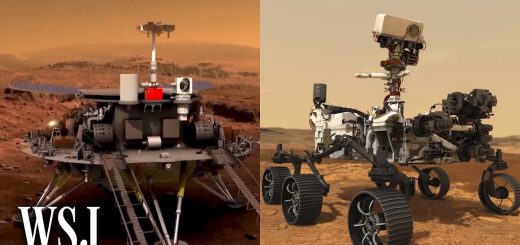The Eyes of the Sky: The Technology Behind Space Telescopes
Since the dawn of humanity, humans have been fascinated by the vastness of the universe and the stars that twinkle in the night sky. Over the centuries, astronomers have used various tools and techniques to observe and study the cosmos, from simple telescopes to advanced space-based observatories.
One of the most revolutionary tools in the field of astronomy is the space telescope. Unlike ground-based telescopes, which are limited by Earth’s atmosphere and light pollution, space telescopes are able to capture clear, high-resolution images of distant celestial objects with unparalleled precision.
The first space telescope, known as the Hubble Space Telescope, was launched into orbit by NASA in 1990. Since then, it has revolutionized our understanding of the universe by capturing stunning images of distant galaxies, nebulae, and other cosmic phenomena. The Hubble Space Telescope has provided astronomers with invaluable data on the age, size, and composition of the universe, leading to groundbreaking discoveries in the field of astrophysics.
But how exactly do space telescopes work? The technology behind these powerful instruments is truly remarkable. Space telescopes are equipped with a series of mirrors and lenses that collect and focus light from distant objects in space. This light is then directed onto a detector, such as a charge-coupled device (CCD) or a photomultiplier tube, which converts it into electrical signals that can be processed and analyzed by astronomers.
One of the key advantages of space telescopes is their ability to observe celestial objects across a wide range of wavelengths, from ultraviolet to infrared. By studying light at different wavelengths, astronomers can uncover hidden details about the composition, temperature, and structure of stars, galaxies, and other cosmic objects.
In addition to the Hubble Space Telescope, there are several other space telescopes that are currently in operation or in development. For example, the James Webb Space Telescope (JWST), set to launch in 2021, will be the most powerful space telescope ever built. With a larger mirror and more advanced instruments than Hubble, the JWST will be able to observe the first galaxies that formed in the early universe, shedding light on the origins of the cosmos.
Overall, space telescopes have revolutionized our understanding of the universe and continue to push the boundaries of human knowledge. By peering into the depths of space with their powerful “eyes,” these remarkable instruments have provided us with a new perspective on the vastness and beauty of the cosmos. As technology continues to advance, we can only imagine what new discoveries await us in the future, thanks to the eyes of the sky.













